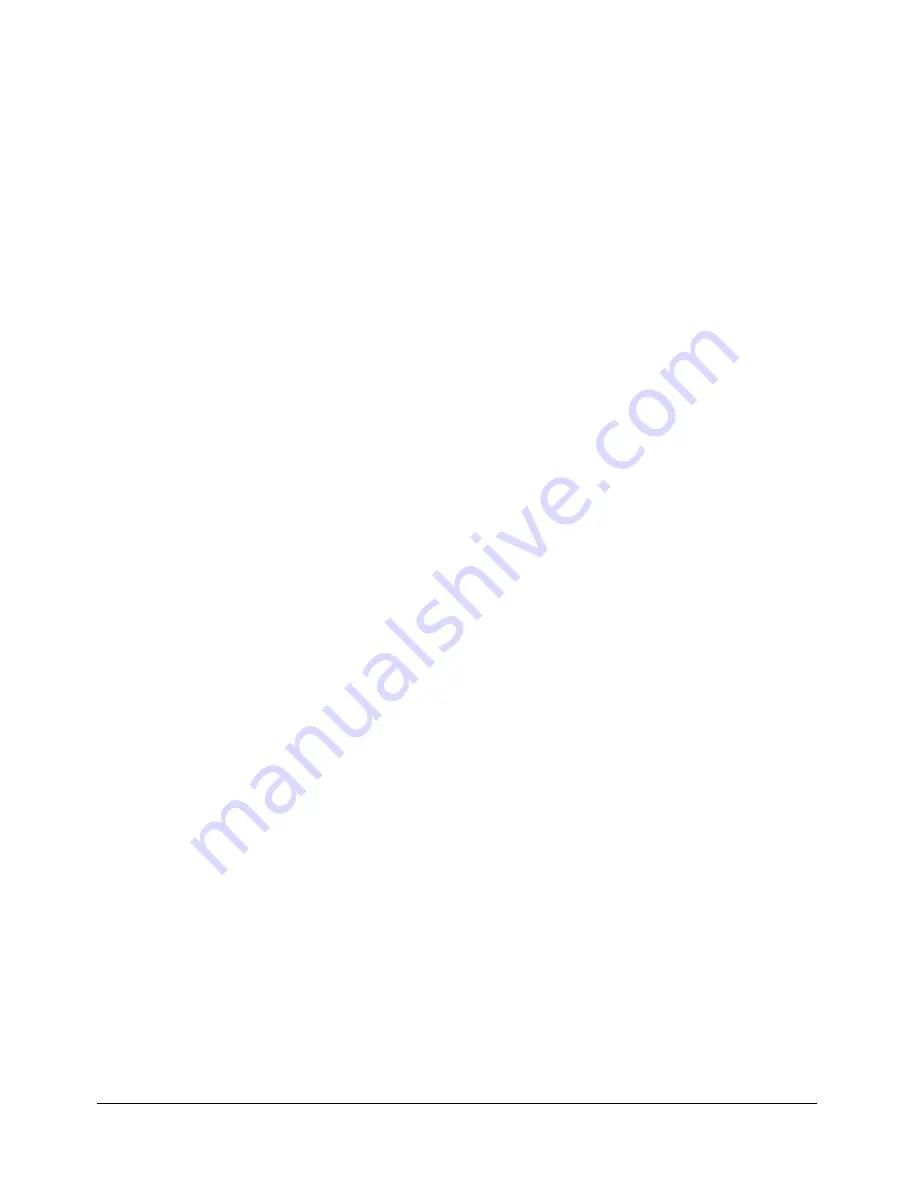
Recording software simulations
47
5.
In the right pane, select Application, and click OK.
The Recording window appears.
6.
In the Record window pop-up menu, select the application you want to record.
7.
(Optional) Select Record narration to record audio as you record the project.
8.
(Optional) Click Options to set a wide variety of recording options, including the capability to
automatically record the project and automatically generate text captions.
9.
(Optional) If necessary, change the size and position of the window. You can resize the window
by selecting one of the sizing handles on the red frame and dragging it.To change the location
of the window, move the mouse over the red frame until a four-point arrow appears, and then
drag the entire window to a new position. You can also click Snap red recording area to fit select
window to quickly change the size of the recording area to match the size of the application.
10.
When you finish setting options, click Record.
11.
Adobe Captivate begins recording the onscreen action.
■
If you are automatically recording (that is, you selected the Enable auto recording option in
step 8), Adobe Captivate automatically captures a screenshot every time you perform an
action, such as selecting a menu, clicking a button, or typing text.
Note:
When you are auto-recording, you can take a screenshot manually at any time by
pressing the Print Screen key. This is particularly useful if you are capturing a website that
contains many pop-ups, frames, and special effects that are sometimes not auto-recorded. If
you see a special effect or change take place on a web page you are recording, but do not hear
the camera shutter sound, press Print Screen to take a screenshot manually.
■
If you are manually recording (that is, you did not select the Enable auto recording option
in step 8) press the Print Screen key (or other designated capture key) to capture
screenshots.
Use the application as if you were demonstrating your actions to someone. If you have sound
enabled on your computer and the option is activated, you will hear a camera shutter sound
when screenshots are captured.
Note:
When you record any onscreen action, it is best to perform the action more slowly than you
would normally. For example, if you are recording keyboard action, type text slowly.
12.
When you finish recording, press the End key (or other designated key) to end recording.
The slides are generated and your new project appears in the Adobe Captivate Storyboard view.
If you recorded any drag-and-drop actions and created any full motion slides, you see the full
motion slides displayed in Storyboard view with a movie camera icon in the lower-right corner
of the slide.
Recording a new custom-sized project
You can record all selected action within a custom-defined area. This option is especially useful if
you have a strict size requirement for your projects. For example, you may need to record a
specific size so you can generate an Adobe Captivate SWF file that will be incorporated into a
window on a website. If you choose this option, set a custom size in the Width and Height boxes
or select a commonly used size from the Preset Size pop-up menu.
Summary of Contents for CAPTIVATE 2
Page 1: ...Using Adobe Captivate Adobe Captivate 2 ...
Page 8: ...8 Contents ...
Page 18: ...18 Chapter 1 Introduction and Installation ...
Page 30: ...30 Chapter 2 Exploring the Workspace ...
Page 70: ...70 Chapter 3 Creating Projects ...
Page 106: ...106 Chapter 5 Adding Audio and Video ...
Page 134: ...134 Chapter 7 Adding Boxes and Buttons ...






























